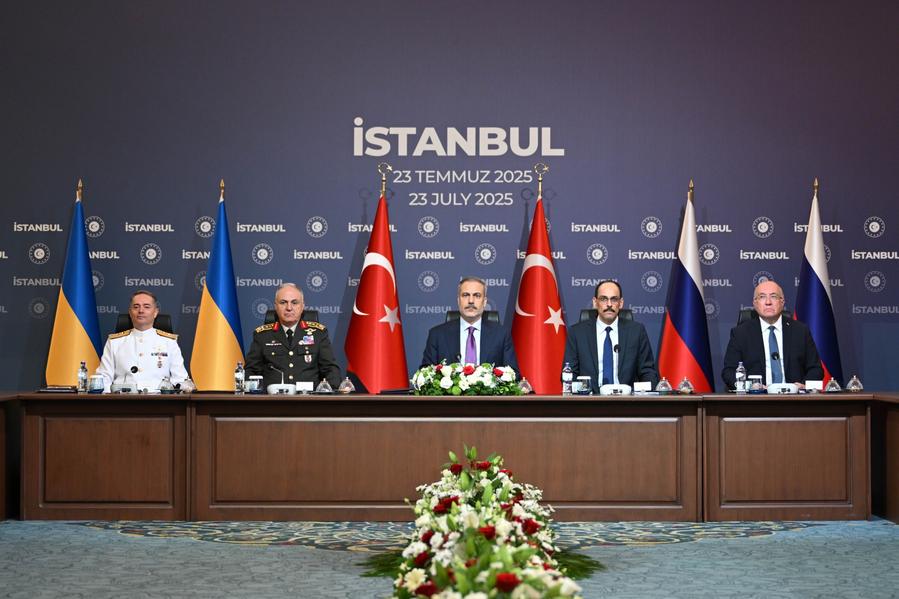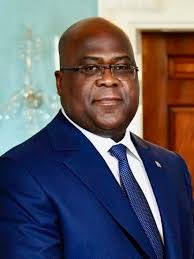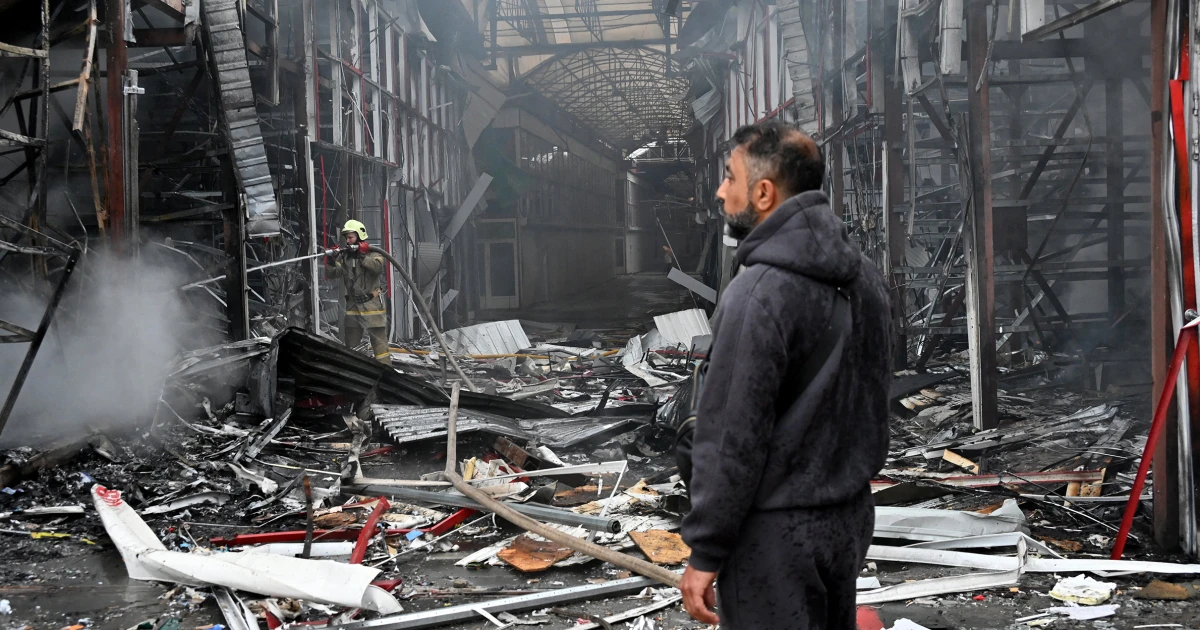After a brief third round of talks in Istanbul on Wednesday, hopes for a ceasefire between Russia and Ukraine remain, unsurprisingly, as frail as ever.
During the 40-minute talks, Russia and Ukraine remain “quite apart from each other,” with neither side claiming a breakthrough. Yet, a rare glimmer of progress emerged: an agreement to another prisoner swap, with civilian detainees included for the first time.
PRISONER SWAP
At a press conference after the talks, Russian Presidential Aide Vladimir Medinsky said Russia and Ukraine agreed to exchange at least 1,200 prisoners each, doubling the number swapped since talks began in May.
Following the previous two rounds of talks in Istanbul — on May 16 and June 2 — Russia and Ukraine agreed to a “1,000 for 1,000” prisoner exchange, along with swaps involving the wounded, seriously ill, deceased and soldiers under the age of 25.
So far, Russia has already returned the bodies of 7,000 Ukrainian soldiers, Medinsky said, noting that the country is ready to hand over 3,000 more. Meanwhile, Russia is requesting the return of any deceased Russian soldiers from Ukraine and has proposed a swap of some 30 civilians captured by Ukraine in the Kursk region last year.
The Kremlin is also working to hand over the 339 Ukrainian children that Kiev has asked Moscow to return.
“Some of the children have already been returned to Ukraine. Work is underway on the rest. If theirlegal parents, close relatives or representatives are found, these children will immediately return home,” Medinsky said.
“Seriously ill and severely wounded defenders are returning home,” Ukrainian President Volodymyr Zelensky said in a statement on Telegram shortly after the talks ended.
“It is important that exchanges continue and our people return home,” he said. “We will continue all efforts to ensure that all our people return from captivity.”
FURTHER STEPS
Beyond the latest prisoner exchange, other efforts were made by both sides as they inch their way towards peace.
Ukrainian delegation head Rustem Umerov said he proposed that the two countries’ presidents meet along with U.S. President Donald Trump and Turkish President Recep Tayyip Erdogan to negotiate an end to the conflict by the end of August.
However, Medinsky echoed earlier Kremlin remarks, saying Russia and Ukraine must make substantial progress toward an agreement before Russian President Vladimir Putin can meet Zelensky.
He noted that the point of a leader’s meeting should be to sign an agreement, not to “discuss everything from scratch.”
Instead, Russia proposed setting up three online working groups with Ukraine to address political, humanitarian and military issues regularly, he said, noting that Ukrainian representatives had agreed to study the proposal.
He also called on Ukraine to consider short ceasefires — lasting 24 to 48 hours — along the contact line to evacuate the wounded and recover the bodies of fallen soldiers.
IMPEDIMENTS AHEAD
Ahead of the Wednesday talks, Kremlin spokesman Dmitry Peskov downplayed expectations, saying Moscow and Kiev are “diametrically opposed” in their positions on how to end the conflict, noting that “much work” still needs to be done.
Following the June peace talks, Putin said the blueprints for a peace deal shared by the two sides were “absolutely contradictory memorandums.”
As Russia demands Ukrainian neutrality, a pledge to stay out of military alliances, and international recognition of Crimea, Luhansk, Donetsk, Zaporizhzhia and Kherson as Russian territories, Ukraine’s memorandum noted the country is “not forced to be neutral.”
“It can choose to be part of the Euro-Atlantic community and move towards EU membership. Ukraine’s membership in NATO depends on consensus within the Alliance,” it said.
Meanwhile, outside pressures continue to weigh on the fragile course of the peace process.
Right after Wednesday’s meeting, the U.S. State Department approved 322 million U.S. dollars in proposed arms sales to Ukraine to strengthen its air defense capabilities and provide armored combat vehicles.
The move came just weeks after U.S. Defense Secretary Pete Hegseth ordered a pause on other weapons shipments to Ukraine after over three years of deliveries, citing strained weapons stockpiles. Earlier this month, Trump made an abrupt change in posture, pledging publicly to continue to send weapons to Ukraine.
The Kremlin has repeatedly criticized NATO’s weapons support to Ukraine.
“Basically, weapons supplies don’t go towards peace but to prolonging the ongoing conflict,” Russian Deputy Foreign Minister Alexander Grushko said earlier this month. Enditem
Source: Xinhua
Share Us



